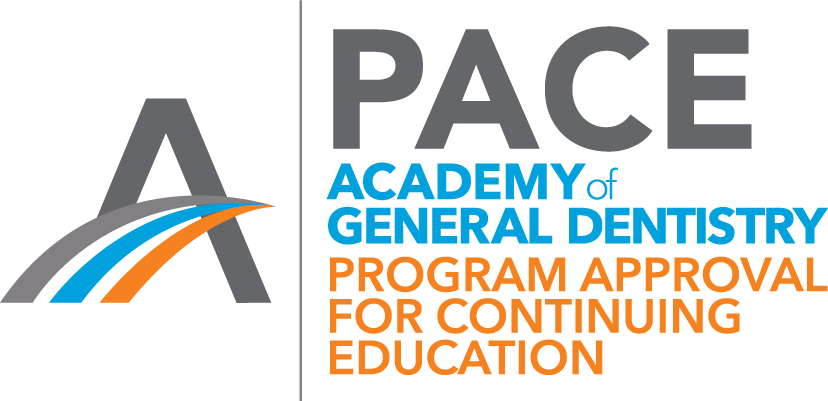
Schedule a Presentation With Us!
- PapaCarie for Caries Removal
- PerioMonitor Saliva Test
- Woodpecker Laser Smart Blue
- Woodpecker Endodontic

We use cookies!
We use cookies to improve your website experience and analyze traffic. These cookies are necessary for the site to function properly and help us understand how you use it. The information collected remains anonymous and is used for analysis purposes only. By continuing to browse our site, you accept the use of these cookies. If you do not want your data to be used in this way, please click decline. You can read our document on the potection of personal information (Law 25) here


Developed by Dr. Christian Fortin
Dr. Christian Fortin received his Doctorate in Dental Medicine
(DMD) from the University of Montreal in 1979. He practiced as a
General Dentist until 1993 when he entered into the public health
arena. Furthermore, he then received a certificate in Geriatric
Dentistry from the University of McGill in 1994 and a Master
Degree in Community Health from the Laval University in 1999.
As a Consulting Dentist for the Direction of Public Health of
Chaudière-Appalaches since 1993, Dr. Fortin contributed to the
writing of the Publication on Water Fluoridation: Analysis of
Benefits and Risks to Health, published in 2007 by the National
Public Health Institute of Quebec and dental public health action
plan 2005-2012 of the Quebec Ministry of Health and Social
Services (MSSS)
Dr. Fortin has been an administrator of the Order of Dentists of
Quebec from 2006 to 2010 and is presently a member of the
Association of Dental Public Health of Quebec. He also acts as a
Dental Consultant for the MSSS.

The pH is one of the most important factor in maintaining healthy teeth. Oral microorganisms are sensitive to change in pH. A pH below 5.9 quickly leads to lesions, and often cavital lesions. Fortunately, our evidence-based products will help increase the pH and keep it to a level where the saliva is able to play its protective role and help the remineralization process.
Pure water has a neutral pH of 7.00
• A pH of 6.00 is 10x more acidic
• A pH of 5.00 is 100x more acidic
• A pH of 4.00 is 1000x more acidic
• A pH of 3.00 is 10000x more acidic
• A pH of 2.00 is 100000x more acidic

Frequent sugar intake reduces dental plaque pH and favours bacteria growth. Lactobacillus levels goes from 1,000/ml to 1,000,000/ml. This growth also favors caries development.
From M. Larmae. Simple tests for caries susceptibility. International Dental Journal (1985), vol 35, no 2, 109-117.

Protection Factors / Absence of Caries
• Quantity and quality of saliva
• Fluoride
• Use of antibacterial agents: chlorhexidine & xylitol
Risk Factors / Presence of Caries
• High levels of bacteria
• Sugar habits
• Abnormal saliva


Majority of enamel caries and 60% of caries that extend beyond the dentinal half (histological section) & that are not cavitated can be remineralized.
The main substance of our teeth is hydroxyapatite (97 % of enamel and 70 % of dentin), a calcium phosphate compound. Nano medical hydroxyapatite (<mHAP>) particles penetrate below the surface of the enamel, providing replacement calcium and phosphate ions to areas from which minerals have dissolved, thereby remineralizing the demineralized enamel and restoring its integrity and translucent gloss.
Xylitol is a 100% natural sweetener derived from vegetable sources. Twenty years of research shows Xylitol efficacy treating dry mouth and reducing tooth decay.